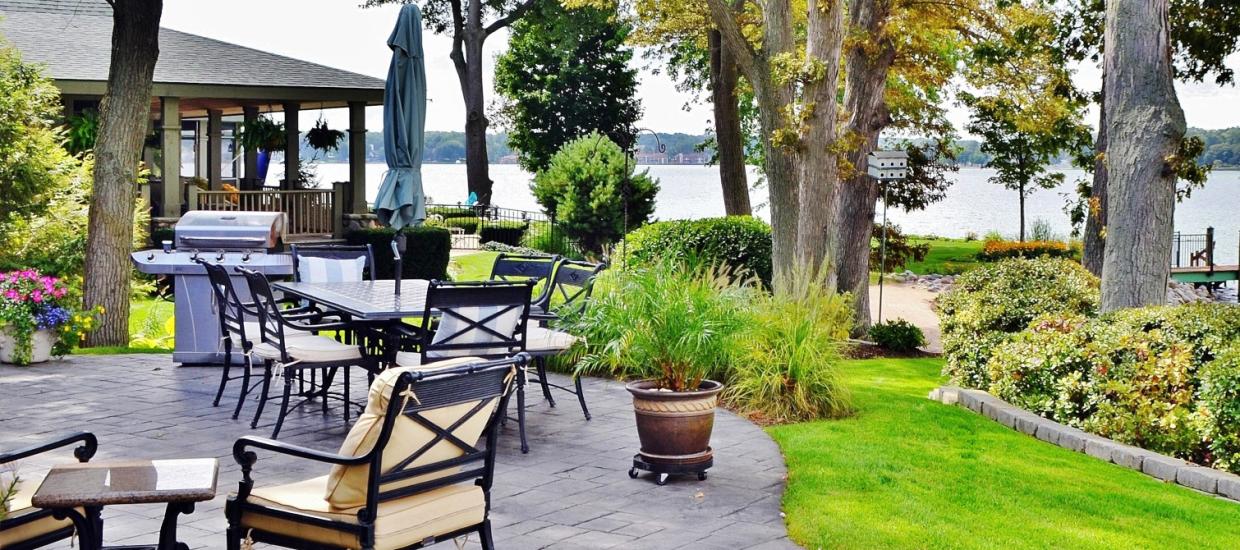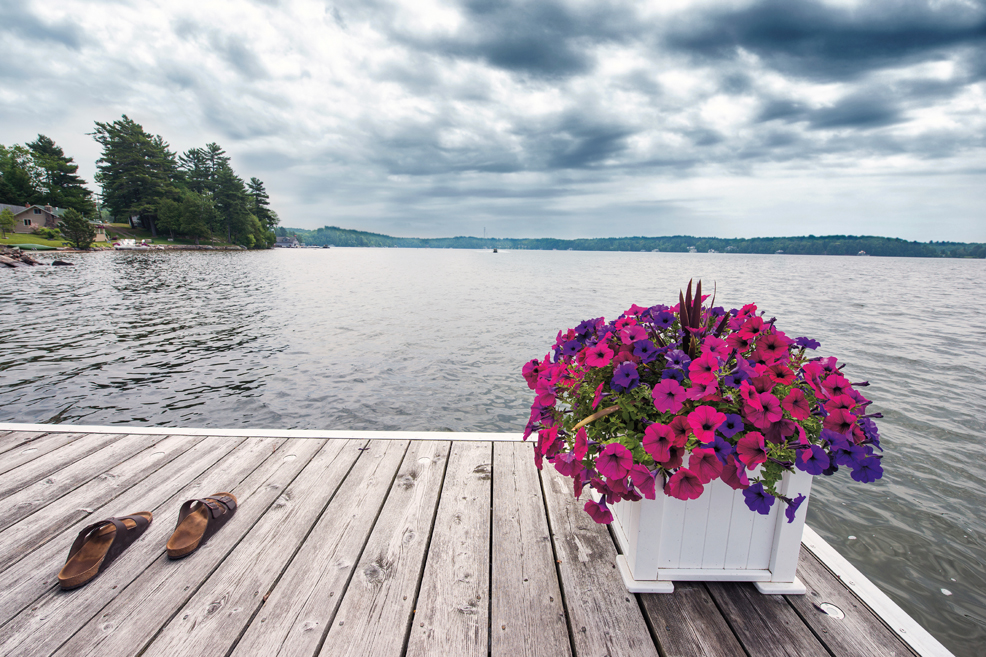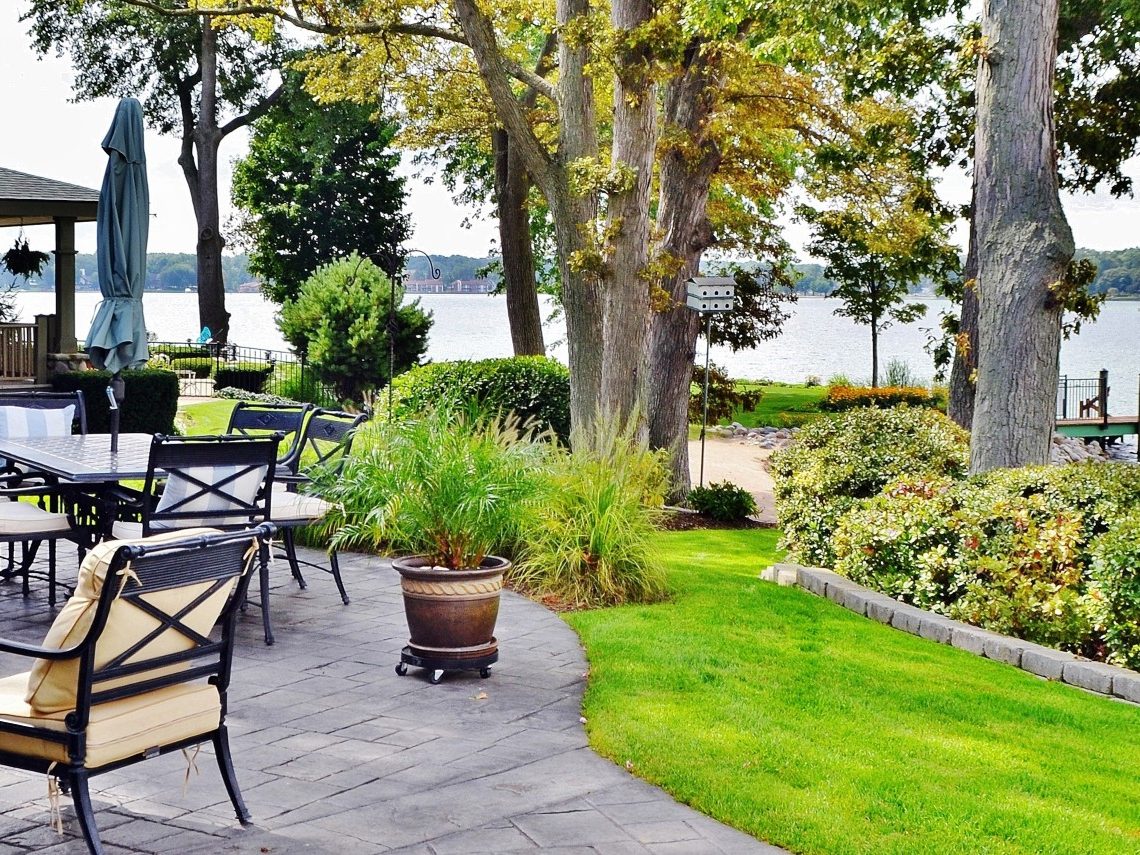
The image is picturesque — sitting blissfully under a tree by the lake, reading a book. As lake lovers, we know there’s something inherently peaceful about waterside foliage. But aside from aesthetic value, there are environmental benefits to planting trees at your lake house. Strong tree roots decrease the power that waves have over the shoreline, helping with erosion control. Plus, the oxygen that trees emit is good for air quality. They also provide food and shelter for the local wildlife, and the more trees you have, the more likely you are to attract birds to your lake house — a win-win for you and the environment.
However, the best trees to plant at the lake can tolerate a high amount of water in the soil. With most trees, this level of water exposure would lead to overwatering and death. So how can you know what trees to pick? One helpful concept to understand is the ordinary high water mark (OHWM). This refers to the typical water level of your lake, indicated by the “mark” it leaves on your shoreline. Soil conditions differ significantly above and below the OHWM. As such, we will focus on trees that can be planted closer to this mark than others. Check out some of our favorite recommendations for trees that flourish by the lake.
Oak Trees
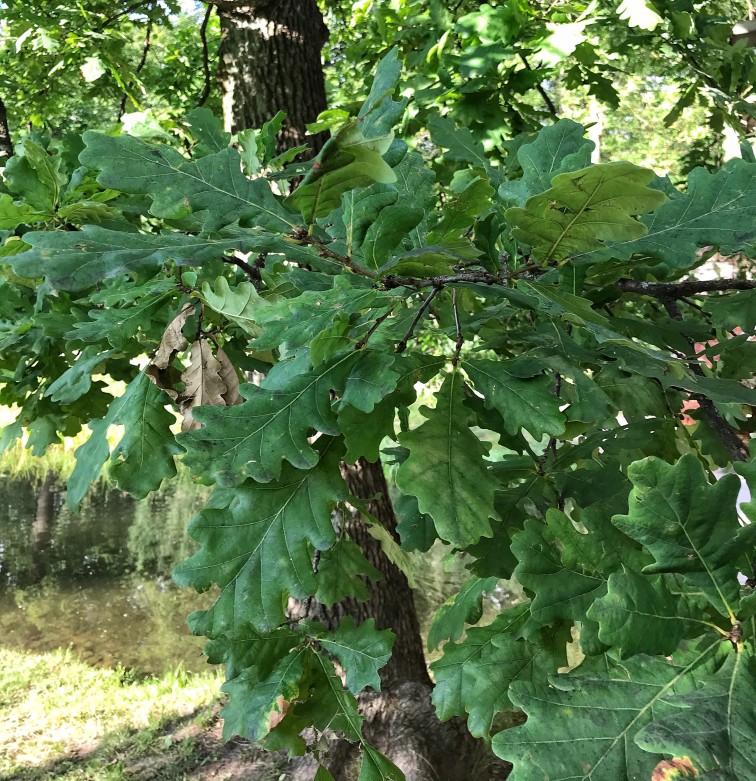
A good rule of thumb is always to choose native plants whenever possible. If you pick plantings according to your lake home’s USDA Gardening Zone, they will be more likely to thrive. Depending on the species, oak trees are hardy in almost every zone in the U.S. Although not every oak tree is best near a body of water, some species like pin oak, water oak, and willow oak are perfect trees to plant by the lake. For example, the pin oak is hardy in zones 4-8. Fast-growing and large, these oak trees are tolerant of wet soil, making them ideal choices for your shoreline. Plus, their acorns are a valuable food resource for squirrels and other surrounding wildlife.
Red Maple Trees
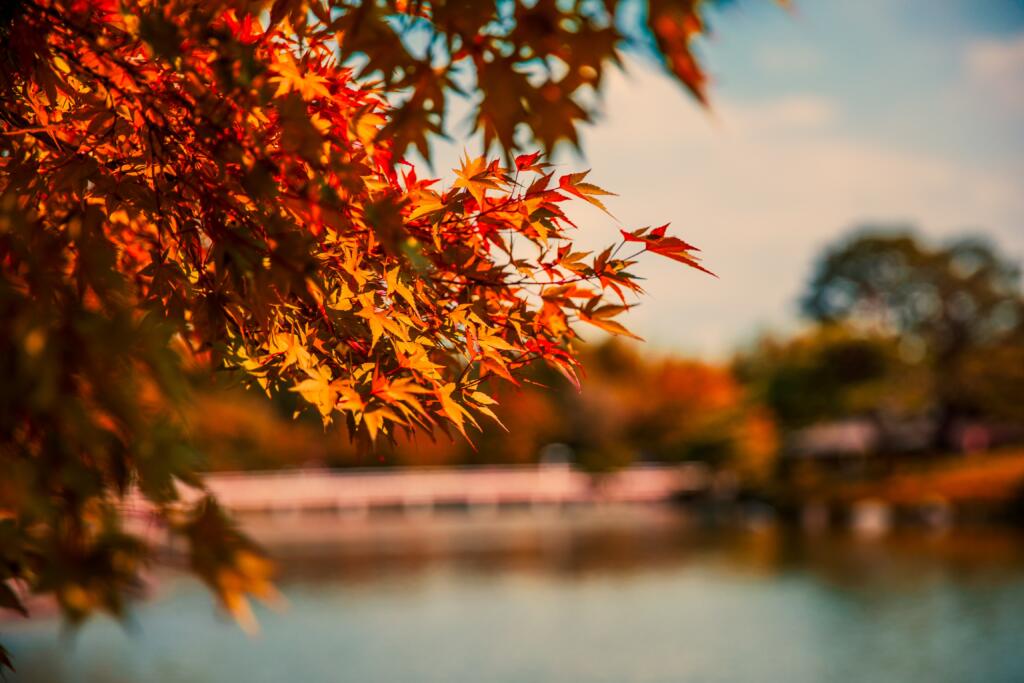
Also known as the swamp maple or water maple, red maples are the most abundant type of tree in the Eastern United States, according to the U.S. Forest Service. Red maples are renowned for their year-round beauty. However, they’re particularly stunning during the fall when their vibrant red leaves are on display. These trees can grow in a lot of zones depending on the specific species. A few shoreline-friendly choices are the “October Glory,” which is native to zones 4-9, and the Burgundy Belle, hardy in zones 5-9. If you’re a landscaping newbie, these sturdy plants are an excellent choice. Fast-growing and able to withstand just about any weather, red maples are both beautiful and low maintenance.
Pear Trees
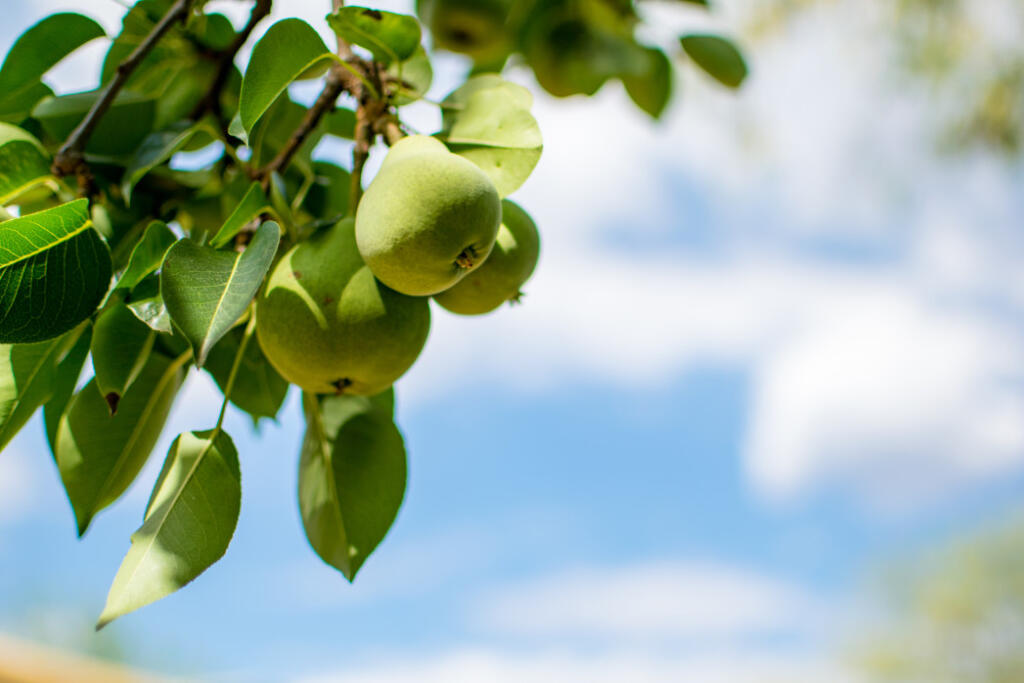
Pear trees have so much to offer beyond one line in the “12 Days of Christmas” song. Whether you choose a fruit-producing or flowering pear tree, they’re fantastic trees to plant at the lake. A benefit of flowering pear trees like “Whitehouse” and “Bradford” (native to zones 5-8) is that their lack of fruit production will leave your shoreline clean from fallen pears. However, you could also choose a fruit-producing pear tree if you like to eat fresh fruit at your lake house. These trees require a lot of sunlight, so be sure to plant in an area where another tree will not mask its growth. Further, since they can grow to be 40 feet tall, you might consider planting a dwarf variety. Finally — don’t forget to prune pear trees. This process should begin early on in their growth.
Willow Trees
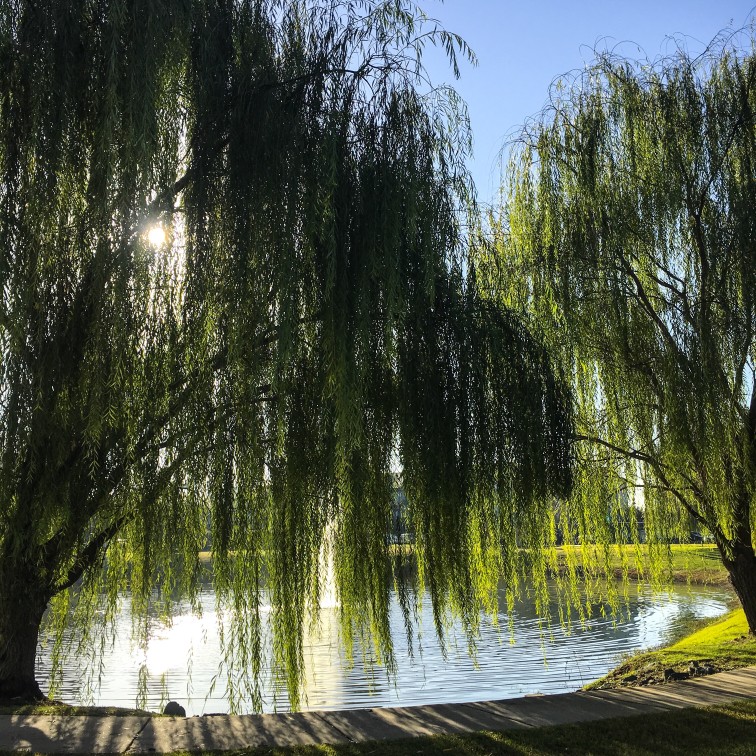
Easily identified by their wide frames and sweeping branches, willow trees are almost emblematic of lake life. Of course, we’re thinking of weeping willows, the trees whose branches resemble falling tears. These iconic trees provide a lot of shade and cover, particularly attractive to wildlife seeking shelter from the elements. However, weeping willows are not the only ones in the family to plant by your shoreline. Smaller willow shrubs also make great lakeside plants. On the larger end, black willows typically grow between 20 and 40 feet high. These southern trees (hardy in zones 6-8) feature large trunks, which usually evolve into knots and twists as the tree grows.
Of course, one of the best parts about planting a tree is that you get to watch it grow over the years. We hope you enjoy the longevity of these shoreline trees just as much as your lake house.

